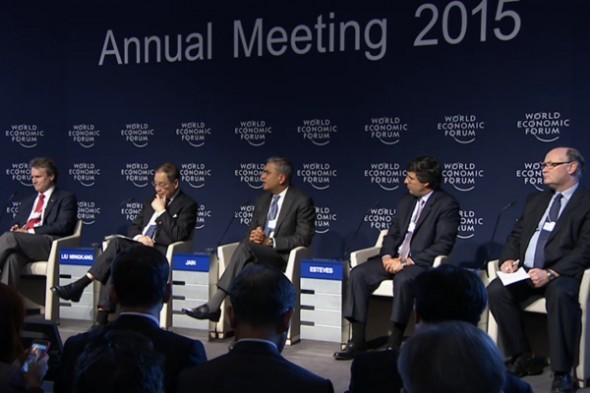Bond ETFs The new shock absorbers
Post on: 16 Март, 2015 No Comment

November 3, 2014
At a time when bond markets are under pressure, exchange-traded funds (ETFs) are keeping the markets moving—and protecting them from big shocks. That’s according to this report by BlackRock, which was posted on its website last week.
Ever since the financial crisis, notes BlackRock, liquidity has been on the decline in bond markets at the same time as debt issuance has ballooned. Traditional fixed income providers such as broker dealers and banks have pulled back trading activity in line with new post-crisis capital charges and limits on proprietary trading and risk taking. Consider that the number of U.S. primary bond dealers has shrunk by over 50%—down to 22 from 46 in 1988.
This has lead to fragmentation in the bond trading space, claims BlackRock, which also cites an interesting piece of data—the average daily number of trades in the U.S. corporate bond market has surge, but the size of the trades has declined to an average of US$536,000 per transaction, down from $948,000 since 2007.
As this has happened, the ETF industry has grown exponentially—in fact, it’s the fastest growing segment of the money management industry. Bond ETFs are where a lot of the new money is going—assets managed by global bond ETFs hit an all-time high of US$441 billion in October. And, according to BlackRock, a third of recently surveyed fixed income institutions are planning to increase their bond ETF allocations in the next year.
Much of the growth in fixed income ETFs has come from bond investors looking for liquidity in new places—even traditional fixed income managers are accessing them through ETFs that offer a one-stop access to a diversified portfolio.
So bond ETFs are compelling for investors, but can they actually help maintain market liquidity? Yes. And the recent PIMCO exodus is proof, BlackRock claims. As billions were pulled out of PIMCO bond funds in the wake of Bill Gross’s departure, ETFs kept the bond market moving by offering a ready place for investors to reallocate their fixed income investments quickly and cheaply. Indeed, the big winners during that time were the iShares Core U.S. Aggregate Bond ETF and the Vanguard Total Bond Market ETF, which, according to BlackRock, “helped defuse uncertainty and facilitate orderly and stable markets” during those weeks.
It’s an interesting perspective on how ETFs could potentially play a role in maintaining healthy capital markets. What do you think? Are bond ETFs changing the market for the better?














